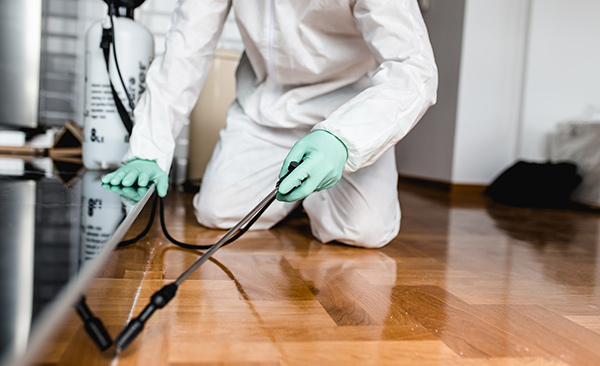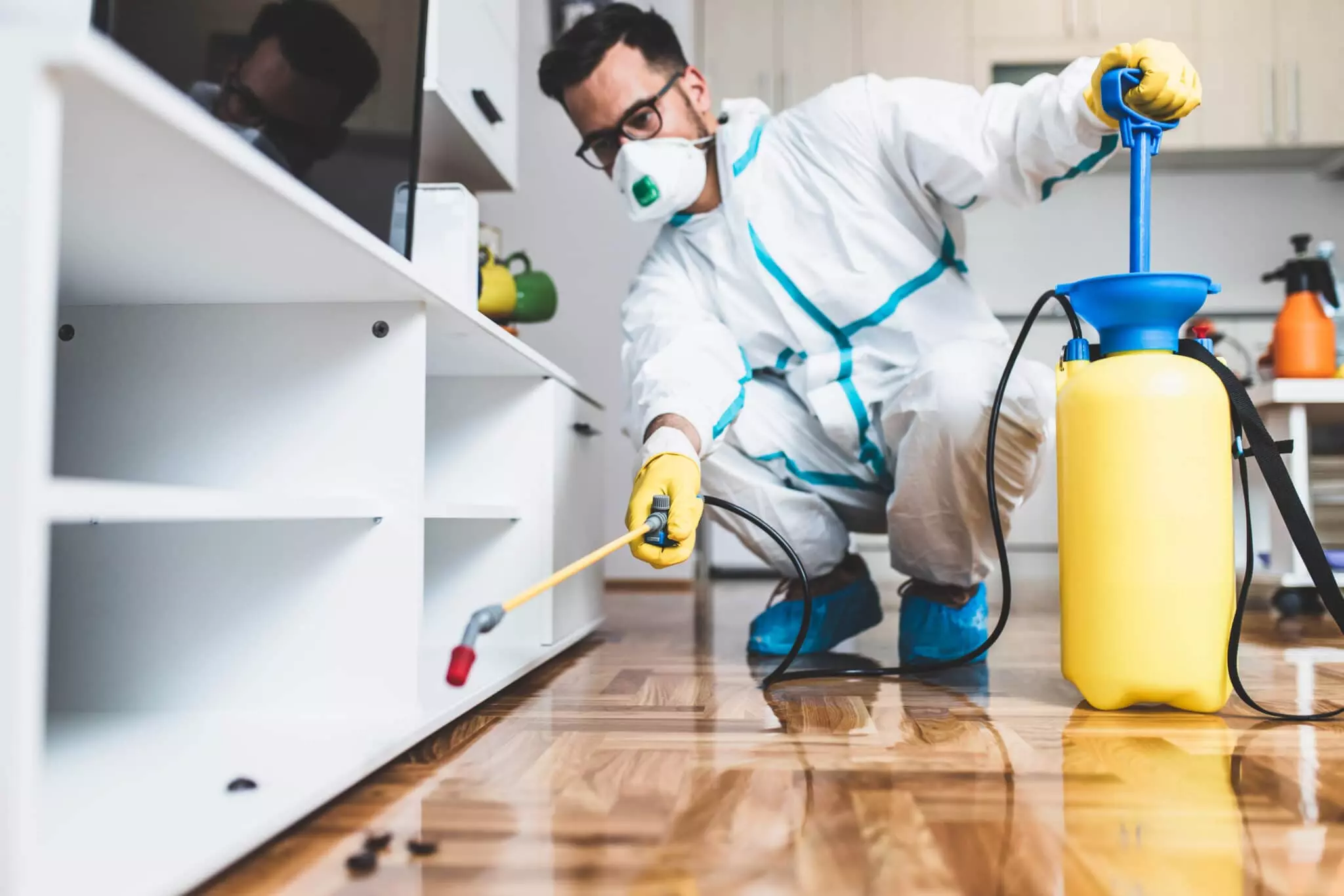Eco-Friendly Bug Control Approaches for Handling Wildlife in Urban Areas
Urban areas typically discover themselves at the intersection of human activity and wildlife, leading to distinct obstacles in bug management. These strategies not just secure the setting however additionally boost neighborhood interaction in wild animals management. As metropolitan populations continue to expand, comprehending the characteristics of wildlife interactions ends up being significantly critical.
Understanding Urban Wildlife Characteristics
Recognizing Urban Wild animals Dynamics is essential for creating efficient and environment-friendly insect control techniques. Urban locations are progressively coming to be environments for various wildlife varieties, driven by elements such as environment fragmentation, food availability, and human advancement. Recognizing these characteristics permits a nuanced strategy to pest administration that lines up with ecological concepts.
Urban wild animals usually includes varieties such as raccoons, squirrels, and birds, which adapt to city settings, discovering niches in green spaces, parks, and even suburbs. Their presence can result in problems with people, particularly when they manipulate personnels for food and shelter. Recognizing the actions and ecological functions of these types informs methods that lessen adverse communications while advertising biodiversity.
Moreover, acknowledging the interdependencies within urban ecological communities assists in identifying essential areas for environment conservation and restoration. This knowledge contributes to the advancement of incorporated parasite management (IPM) techniques that think about the environmental equilibrium, consequently lowering dependence on harmful chemicals. By fostering coexistence between humans and urban wildlife, cities can create healthier environments that benefit both locals and local communities, paving the method for sustainable metropolitan living.
Natural Repellents and Deterrents
Natural repellents and deterrents offer a sustainable alternative to standard parasite control approaches by using the power of nature to maintain undesirable types at bay. These environment-friendly services usually use plant-based ingredients, important oils, and other normally happening compounds that deter pests without damaging the atmosphere.
One efficient natural repellent is peppermint oil, which is recognized to push back rodents and insects. Its solid fragrance is unpleasant to many parasites, making it a preferred option for urban setups. Vinegar and citrus peels can offer as deterrents, as their solid smells are commonly unappealing to numerous wildlife.
Additionally, diatomaceous planet is a natural powder that can be spread in locations prone to pest task, efficiently dehydrating and preventing insects without posturing risks to non-target varieties. Additionally, garlic sprays and neem oil are identified for their capability to repel a vast array of bugs, including both bugs and bigger wildlife.
Carrying out these all-natural repellents not only minimizes dependence on chemical pesticides but likewise advertises a healthier metropolitan ecological community, fostering a much more well balanced coexistence between human beings and wild animals. By utilizing these techniques, city locations can efficiently handle parasite populations while reducing environmental effect.
Environment Alteration Techniques
Efficient environment alteration techniques play a vital role in sustainable insect administration by changing the setting to make it much less for pest infestations. By understanding the environmental dynamics of metropolitan locations, property owners can execute calculated adjustments that prevent parasites while advertising biodiversity.
(Mosquito Treatment)One primary method entails maintaining appropriate hygiene. This includes regular waste removal, protecting garbage can, and removing standing water to decrease breeding websites for pests and rodents. Furthermore, landscape design techniques such as picking native plants can enhance environmental balance, supplying environments for beneficial organisms while reducing sources for bugs.
An additional vital technique is to secure entrance points in structures. Inspecting and fixing splits in foundations, walls, and home windows can substantially minimize insect access. Creating physical obstacles, such as fences or plant buffers, can hinder wildlife activity right into human-inhabited areas.
Integrated Parasite Monitoring Practices
Building upon environment adjustment techniques, incorporated insect monitoring (IPM) methods offer an all natural technique to controlling parasite populations while minimizing ecological impact. IPM incorporates different strategies, consisting of biological, social, mechanical, and chemical controls, to accomplish reliable insect monitoring.
Biological control entails the introduction of all-natural predators or bloodsuckers to reduce parasite populations. Social practices, such this hyperlink as plant rotation and cleanliness, disrupt pest life cycles and lessen their habitats - Pest Control. Mechanical controls, like catches and obstacles, offer prompt remedy for parasite pressures without chemical treatment
Chemical controls are made use of as a last option, concentrating on targeted applications that limit damage to non-target types and the environment. The choice of ecologically friendly chemicals, when required, is indispensable to the IPM framework. Furthermore, keeping an eye on pest populations and analyzing potential damage aids educate decision-making, guaranteeing that treatments are prompt and efficient.
Area Involvement and Education

(Wasp removal Port Charlotte)Workshops and informational sessions can furnish citizens with expertise regarding indigenous species, habitat conservation, and efficient safe bug monitoring techniques. Partnership with colleges, neighborhood organizations, and federal government agencies further enhances educational outreach, making sure that crucial information gets to varied target markets.
In addition, community-led efforts, such as community clean-up days and habitat repair jobs, not only advertise biodiversity yet additionally reinforce area connections. Pest control service. By urging homeowners to share their experiences and monitorings, areas can create targeted strategies that address details neighborhood parasite concerns
Including comments from citizens into insect management plans makes it possible for an extra receptive and adaptive method to wildlife challenges. Inevitably, informed and engaged neighborhoods are key to accomplishing lasting success in green insect control, causing healthier urban environments that value both human and environmental demands.

Final Thought
In conclusion, environment-friendly bug control comes close to deal lasting options for taking care of city wild animals. By prioritizing habitat modification, utilizing natural repellents, and executing integrated insect administration methods, areas can cultivate an unified coexistence with regional fauna.